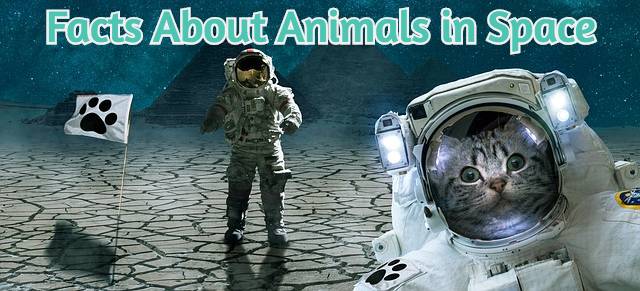
Human beings have wanted to travel into space since… forever. The mystery and the not knowing was like bees to honey for the folks of yesteryear. They tried to discover the moon and whatever else lay out there in the vast void of darkness. Today, I hope to share with you some facts about animals in space.
For centuries, astronomers wanted to explore “up there”. Was the moon the mystical object of folktales? Was the Earth round? Questions questions….
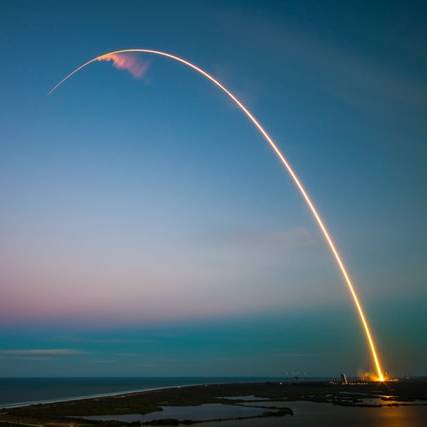
Only recently, there was a mission which launched the first privately-owned spacecraft preparing for tourist travel missions next year. The flights will cost approximately £40million each so only the very extremely rich will be able to go. They had a successful landing at the International Space Station from US soil, the first launch in almost a decade.
Of course, that will be for humans, but animals have been travelling into space for many years now. Unfortunately for research purposes, scientists could learn what is and what isn’t possible for human space travel.
Would you like to be a space tourist? This is a far cry from one day in 1783 when the Montgolfier brothers launched a hot air balloon to an altitude of 2 miles. The basket carried a sheep, a rooster and a duck. The aircraft landed safely. Since then, there weren’t any notable developments until the 20th century.
1783
The Montgolfier brothers launch a hot-air balloon up 2 miles carrying a sheep, a rooster and a duck. The aircraft landed safely afterwards.
1947
They sent Fruit flies up 68 miles in a Nazi V-2 rocket – landed safely by parachute.
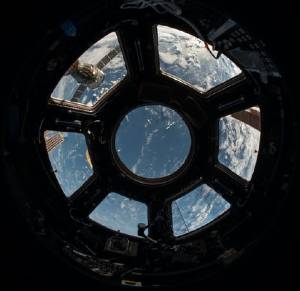
1949
Albert I – no information
Albert II was a Rhesus monkey who reached an altitude of 83 miles. Unfortunately on his return, Albert II died on impact.
Albert III and Albert IV also died when their rockets malfunctioned.
Various species such as chimpanzees, rhesus macaques, pig-tailed, cynomolgus (crab-eating macaques) and squirrel monkeys were included in the total of 32 monkeys that were sent into space in this decade.
1950
A mouse went up 85 miles only to die when the rocket disintegrated, and the parachute failed to open.
In 1950’s Soviet Union, packs of stray dogs were collected from the streets, especially to be launched into space. (Personally, feeling quite angry while writing this now). The Soviets believe that these dogs were more hardwearing against the cold than other animals and so was determined their fate.
1957
Laika was a Russian female dog. She orbited the Earth on Sputnik 2 but died from heatstroke and stress.
1959
Able was a rhesus monkey, and Baker was a squirrel monkey. After spending 9 minutes floating around, they landed safely after a very short flight.
The Russians launched a mission with two dogs and the first rabbit in history – outcome unknown.
1960
Two more Russian dogs, Belka and Strelka together with fruit flies, 42 mice, two rats and a grey rabbit successfully returned to Earth alive.
====================
What fear and stress all of these animals must have felt!
====================
1961
Just three months before Alan Shepherd was due to fly, another chimp called Ham made a sub-orbital journey. Then, Enos, another chimpanzee was the first to orbit successfully, paving the way for Alan’s mission.
1963
This year, in France, we saw the first cat (Félicette) take off. She had electrode implants for monitorization (grrrr I know, right?). She travelled 160km with a “successful outcome”.
1964-1966
China launched mice, rats and dogs.
1966
More Russian dogs called Ugolyok and Veterok travelled for a record-breaking duration of 22 days. They landed safely, and the record still exists.
1968
Two launches from Russia this year. The first was successful with wine flies, bacteria, 2 Russian tortoises, plants and meal-worms.
On the second attempt, the return trip saw the demise of the biological specimens due to malfunction.
====================
“We didn’t even know if humans would be able to digest their food [in space].” “We were concerned … that humans might suffocate on the contents of [their] own stomachs if it all went floating up.” – Julie Robinson, NASA’s chief scientist for the International Space Station, told Space.com.
=====================
1969
Buzz Aldrin and Neil Armstrong touched down on the moon.
1970
After years of trying, the ambition of scientists was complete and now animals were not required so much. Their stories didn’t make the ‘papers as they once did, even though cargo such as rabbits, fish, insects and other biological loads continued to be launched.
1973
Arabella and Anita – they are the names given to two spiders (European garden spiders). For 59 days, they merrily weaved their webs around the NASA space station, Skylab.
Since the early years of space travel, biological cargo has been carried aboard the Space Shuttle and to and from the Russian and US space stations.

2013
For one month in 2013, various critters including mice and rats, were launched aboard the Bion satellite. These died because something went wrong with their food supply.
2014
Mice travelled to the International Space Station. They were studied for physiological changes.
2016
Scientists researched DNA in 12 male mice on the International Space Station.
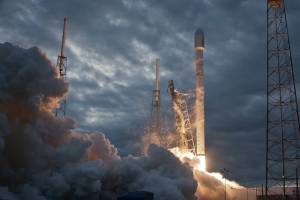
2017
After 300 days of safeguarding on the ISS, mice sperm produced mouse pups/pinkies. Their outcome is unknown.
2018
As seems to have become a regular trend, another 20 mice were taken into space to see how the stress affected them on this record-breaking off-planet duration of time.
CONCLUSION
Before my research for this post, I could already imagine the distress, torture, stress, fear and nerves that any animal would have when placed in such circumstances.
From the laboratory to the rocket, the launch, zero gravity and then trying to survive in space (if they were lucky to get that far) is unnatural for animals. For them to die for the sake of humans, for me, is unfathomable.
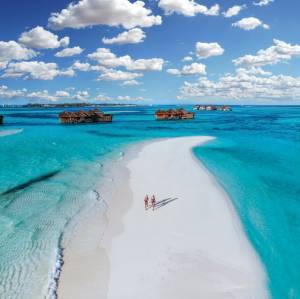
Why can’t humans just be grateful for what they already have down here on this beautiful planet, Earth? We have beauty and mysterious, still unexplored oceans and corners of the world where there is still much to find. Can’t we just be content with this planet instead of sacrificing our animals to discover the stars? The stars are just as beautiful to look at from down here.
Trips to Mars or trying to get as close to the sun as possible should, in my opinion, remain a subject of fairy tales and science fiction. Let them fill our imaginations with wonder. What will be left to discover if humans learn everything about what lies out there in space? Do more animals have to give up their lives for humans’ endeavours into space?
Facts About Animals in Space
What are your thoughts on this subject? Would you like to be a space tourist and if so, why? Do you agree on the use of animals for these missions?
===========================
“Animals don’t go into space very often. There are so few flight opportunities for a mission to include animals, so the project has to be pretty important to earn a spot on any trip into space. When animals do make the trip, their welfare is a key concern.” – Laura Lewis, a member of the NASA Ames Institutional Animal Care and Use Committee. (NASA – Animals in Space. https://www.nasa.gov/audience/forstudents/9-12/features/F_Animals_in_Space_9-12.html)
===========================
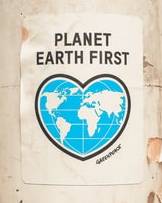
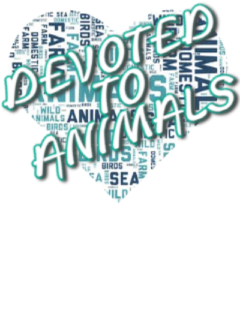
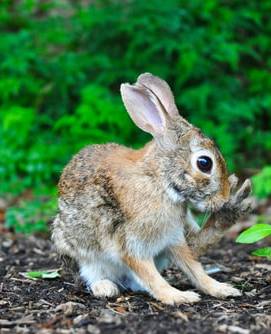




I love reading posts that are related to space. 🙂
I agree with you. Those animals that have sent to space would experience a lot of distress. Even though one of the reasons behind the research and studies of sending animals instead of humans to space is good, but it is still a kind of cruel. I think sending a robot will be a better option.
I would not mind being a space tourist, however, I have a claustrophobic. So wearing a space suit would just make me go into a panic mode.
Thank you for this informative and good read.
Hi Ferra, I´m glad you liked the post. Space is fascinating, isn´t it? Being claustrophobic would definitely be a hindrance, poor you. Hopefully the need for sending animals up there before humans has finally ended… fingers crossed! Thanks for your comment.
I knew that some animals had been sent up to space but I had not idea that so many had been sent and with so little apparent regard for their health and safety or how much stress this would cause them. This really is so cruel and heartless. The worst is that some of the animals were sent with the sole purpose of seeing how much stress they were under. The human race really is a cruel species.
I totally agree with you, Lynne. Humans are the worst. Thank you for your comment.
As a huge animal lover, I can imagine your anger as you write this out.
It’s very sad knowing that many innocent animals are sacrificed for the sake of research, but it’s a question of people who approve of such projects to keep them going! Similar for makeup or facial brands who have used do animal testing.
HUGE disagree on using animals for these missions. It’s just too cruel..
I think the space is a beautiful mystery and it should stay that way. So maybe I’ll pass on being a tourist! Haha.
Nevertheless, thank you for sharing this article.
Cheers.
SAM
Ah, thank you Sam for your comments. It´s good to read what you and everyone else thinks, take care.
I completely agree with you. I think it’s not fair putting poor animals to go through what we can. It’s unnatural for even humans and thus survival is challenging, let alone animals.
You are right, there are many places on this planet that are just like heaven on earth! Let’s enjoy this beautiful but short-lived life peacefully without hurting any other being.
Peace and love
Agreed Habib. Thanks for your comments. Good to see you frequent this site.